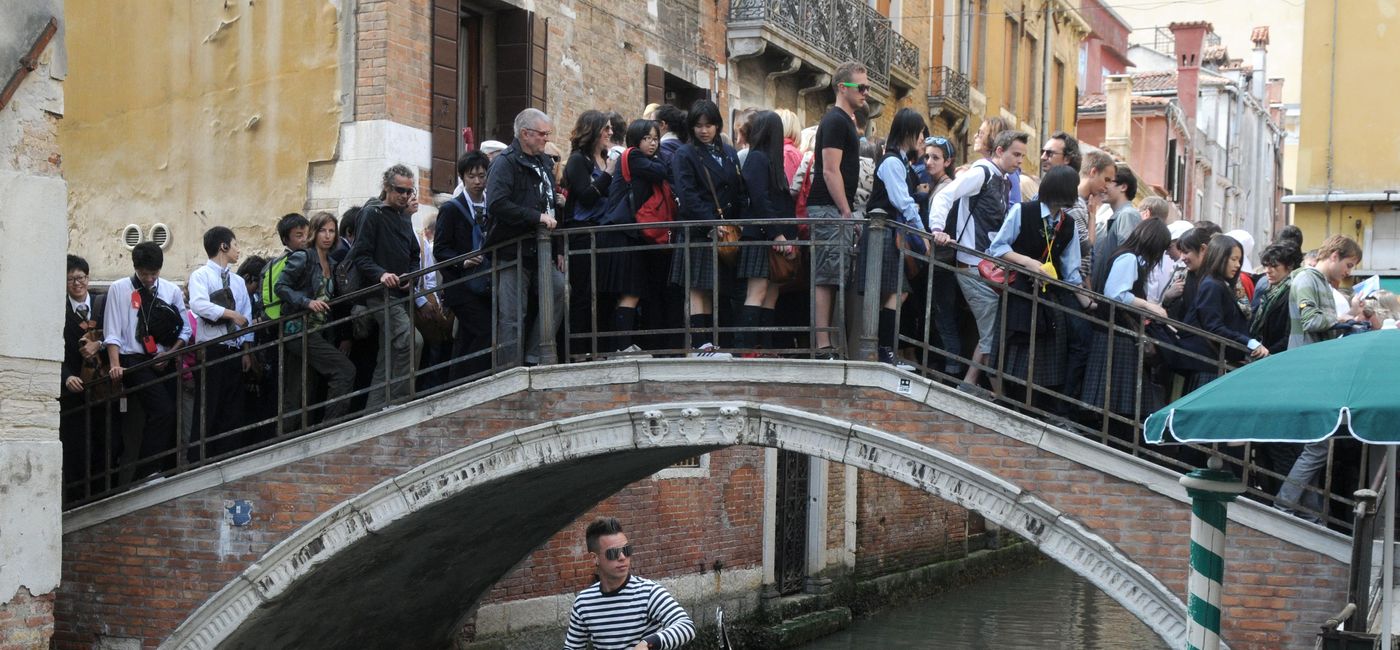Overtourism: European Countries Address the Growing Concern as an Epidemic

European countries are some of the most popular destinations of the summer, and many of the cities and destinations facing record numbers of summer travelers are also putting new rules and regulations in place to hopefully curb the negative aspects of too many tourists.
What is Overtourism?
The term ‘overtourism’ is getting more popular as destinations begin thinking long-term about their tourism strategies. It often goes hand-in-hand with sustainability initiatives, because having too many tourists than a destination can successfully manage is unsustainable.
Overtourism can lead to housing shortages for locals — in February, Portugal passed laws that restricted the amount of Airbnbs allowed in the country after foreigners began outpricing Portuguese locals, causing a housing crisis.
It can also create more traffic, both pedestrian and automotive, as well as lead to greater pollution and litter. Droves of tourists can also be a drain on the residents who live in these destinations, making them less enjoyable places to live full-time.
Curbing Overtourism in Cities Across Europe
There have been several announcements made by countries across Europe trying to curb tourism by the millions.
Italy’s Trentino-Alto Aldige region, which saw 34 million overnight visitors in 2022 alone, began capping its visitor numbers in September, 2022, significantly reducing the amount of overnight visitors it welcomes each year. One of the ways it does this is by capping the number of hotel beds available in the region for travelers.
In June, the heavyweight cruise ship destination and the largest Mediterranean cruise port of Barcelona announced it would be looking for ways to curb the number of cruise ships porting each year. In 2019, it was named Europe’s most polluted port and welcomed over 3 million visitors by cruise ship, many of whom stayed in the city for less than four hours.
In early July, Greece announced that it would be implementing new ways to streamline visitation to the Acropolis. The 3,300-year-old archaeological wonder saw an 80 percent increase from 2019’s visitor numbers this June and July.
More recently, the city of Amsterdam announced it was banning large cruise ships from docking in the small city, which welcomes 22 million travelers each year. The reasons include incompatibility with its sustainability goals and as a way to curb mass tourism.
How to Combat Overtourism on a Larger Scale?
According to an article on the subject published by Forbes, the European Union hasn’t yet made an official statement on the matter, though there have been some new initiatives by different countries to disencourage travelers from visiting by the millions.
The United Nations’ World Tourism Organization is offering new ways for countries to view sustainable tourism development by focusing on spreading economic and tourism opportunities to rural areas. The organization offers a global list of Best Tourism Villages encouraging travelers to visit, as well as guidelines for nations willing to participate in rural tourism initiatives.
There are some methods that travelers can employ to help be a part of the solution to overtourism.
The biggest method is to think broader: don’t simply visit Paris or London or Rome. Head to the smaller destinations, the less popular locales, and get a taste of a more authentic, less crowded Europe.
You might find you enjoy it better.
